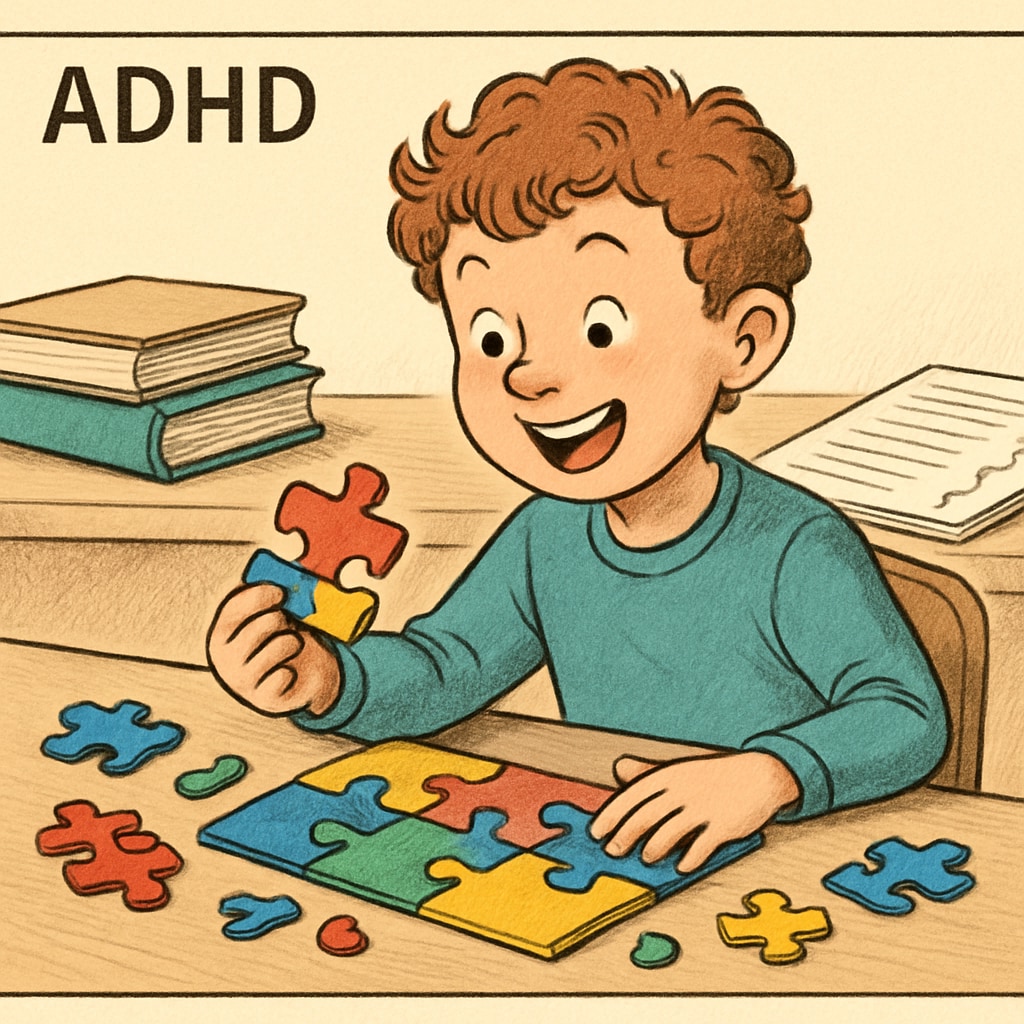Gifted education programs often rely on standardized testing to identify exceptional students, but this approach may unintentionally exclude brilliant minds. ADHD (Attention Deficit Hyperactivity Disorder) students, despite their unique cognitive strengths, are frequently overlooked due to rigid selection criteria. Many ADHD children excel in creative problem-solving and abstract thinking, yet their potential remains hidden, as traditional methods fail to capture their unconventional brilliance.

Why Standardized Testing Falls Short
Standardized testing, a cornerstone of most gifted program selection processes, focuses heavily on measurable academic performance and conformity to expected learning patterns. While this method can efficiently identify certain types of high-achieving students, it often fails to accommodate neurodiverse learners, such as those with ADHD. ADHD students may struggle with sustained attention on repetitive tasks, which directly impacts their performance in timed exams. Yet, this does not reflect their true intellectual capacity or creative potential.
For example, ADHD individuals often excel in tasks that require out-of-the-box thinking or rapid adaptability. These traits, while invaluable for innovation and problem-solving, are rarely measured by standardized tests. As a result, the current system inadvertently filters out a significant portion of gifted students who possess qualities that do not align with traditional academic benchmarks.
The Hidden Strengths of ADHD Students
ADHD students bring unique strengths to the table that are often overlooked in conventional educational environments. These include:
- Creative Thinking: ADHD individuals are frequently adept at generating innovative ideas and solutions, thanks to their ability to think divergently.
- Hyperfocus: When engaged in tasks they are passionate about, ADHD students can exhibit extraordinary concentration and productivity.
- Resilience: While their learning journey may be unconventional, ADHD students often develop strong problem-solving skills and adaptability.
Unfortunately, these strengths are rarely recognized or nurtured in gifted programs that prioritize standardized measures. Educational systems must evolve to identify and support these hidden talents.

Reforming Gifted Program Selection Criteria
To ensure inclusivity and maximize the discovery of potential, gifted education systems must move beyond traditional standardized testing. Alternative assessment methods could include:
- Portfolio Reviews: Evaluating students’ creative work and projects to understand their intellectual and creative abilities.
- Dynamic Assessments: Using interactive tests that focus on problem-solving and adaptability rather than rote knowledge.
- Teacher Recommendations: Encouraging educators to identify students who exhibit exceptional talents in nontraditional ways.
Additionally, training educators to recognize and nurture neurodiverse learners can play a critical role in creating a more equitable system. For example, understanding ADHD-specific traits and learning styles can help teachers support these students effectively, paving the way for their inclusion in gifted programs.
The Bigger Picture: Rethinking “Giftedness”
The concept of “giftedness” itself needs reevaluation. Intelligence and potential are multifaceted; they cannot be fully captured by a single test or rigid criteria. ADHD students embody this complexity, showcasing strengths that defy conventional measures. By broadening our definition of giftedness and adopting holistic selection methods, we can ensure no child’s potential is overlooked.
As society progresses, the need to embrace diversity in thought and learning styles becomes more critical. ADHD students, with their unique perspectives and abilities, deserve equal opportunities to shine within gifted education programs. By reforming outdated selection systems, we can unlock the full spectrum of human potential and build a more inclusive future.
Readability guidance: This article uses concise paragraphs, lists to summarize key points, and evenly distributed transition words to ensure clarity. The passive voice is minimized, and long sentences are kept under control to enhance readability.


